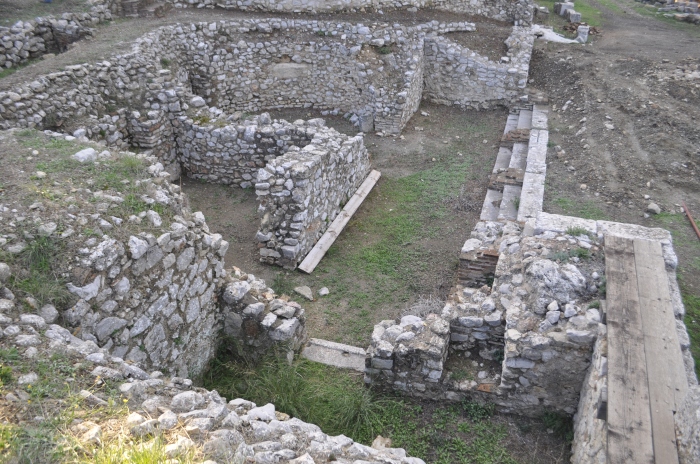A book chapter of mine recently came out, “Shifting Tides: Public Water-Displays in Roman Greece,” which explores three different contexts of public fountains in Roman Greece. Abstract and full citation below.

Nymphaeum, mid-2nd century CE, Sanctuary of Apollo Maleatas, Epidauros, Greece
Rogers, D.K. 2018. “Shifting Tides: Approaches to the Public Water-Displays of Roman Greece.” In Great Waterworks in Roman Greece: Aqueducts and Monumental Fountain Structures, Function in Context, edited by G.A. Aristodemou and Th.P. Tassios, 173-192. Oxford: Archeopress.
The study of Roman water-displays is constantly evolving, with research being conducted on the terminology of the structures, their typologies, their aesthetic programs, and their impact on the social and physical landscapes surrounding them. The water-displays of Roman Greece have received various treatments over the last four decades, including catalogues, their artistic programs, their ties to identity, and their placement in wider Empire-wide schemes of imperial and civic patronage. While much has been done on the Roman fountains of Greece, it is the aim of this essay to survey the terminology used and the historiography therein, in order to consider water-displays that have not received a great deal of attention, in religious, civic, and entertainment-related contexts. We will then posit several ways to advance the study of public Roman water-displays in Greece.
Please contact me directly if you would like an digital offprint of the chapter: rogers.dylan at gmail.com.